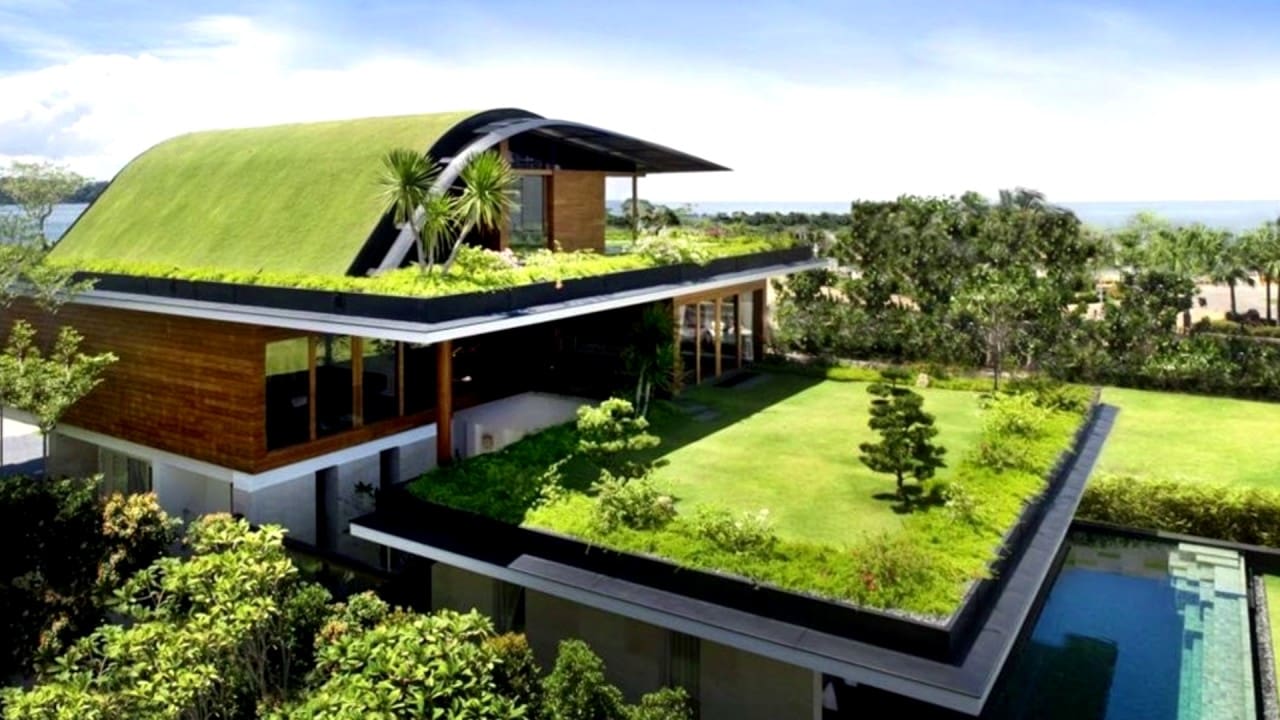Unlike a sloped roof, a flat roof does not have a framework but a support structure. This type of roof is becoming more and more popular with homeowners, and that’s for good reasons. Its low slope of 5° makes it possible to make it a functional space (by creating an access). Also, this configuration allows it to be transformed into a green roof. If it presents exciting possibilities of development, this roof is often subject to water infiltration problems because of its too weak slope. As a result, it takes a long time to evacuate rainwater and accumulated snow. In this case, it requires waterproofing work.
What Is the Work Involved in Waterproofing a Flat Roof?
In general, waterproofing work consists of covering the entire roof with waterproof coatings. However, far from being simple applications of coatings, the realization of this work must take into account many elements.
The Stability of the Load-bearing Elements
It is essential to ensure that the supporting elements are solid before installing the waterproofing. Indeed, these can represent a significant weight, especially for large surfaces. Thus, the concrete, wood, or metal used as support must be rigid and resistant.
The Green Roof
The green roof is also an element whose weight can influence the stability of the supporting details. If necessary, it is essential to reinforce them.

The Slope
Because of the low slope of this type of roof, it is essential to optimize rainwater drainage while ensuring that it does not infiltrate.
What Types of Coatings Can Be Used to Waterproof a Flat Roof?
There are several ways to waterproof a flat roof depending on whether the work is for a new house or a house undergoing renovation. Renovation requires prior preparation of the surface, such as stripping off old coatings and cleaning.
In addition, the choice of material for waterproofing the flat roof depends on its use. In this case, it can be a place to live with the help of development work, or it can be a roof where maintenance will be the only reason to access it.
The elements present on the roof should also be an essential criterion for choosing materials. It is easier to make joints with certain materials.

It is possible to choose among the following materials:
Bitumen
Bitumen is the cheapest material for waterproofing a flat roof. This material is resistant, easy to install or renovate. It is available in several forms: roll, liquid, or tar.
However, this material has some disadvantages that must be considered:
- It is unattractive and heavy
- It is less durable than other solutions (sensitive to cracks)
- Its installation requires the use of a flashlight, which can be a problem for a wooden support element
The Epdm Membrane (Ethylene Propylene Diene Monomer)
More ecological than bitumen (recyclable), this material also offers other advantages. Being a particularly elastic material, it resists temperature variations, especially heat. It is also easy to lay, thanks to cold gluing, requiring few joints.
However, this material is sensitive to cuts and cannot be installed on abrasive surfaces, concrete, or old asphalt. Its installation requires the application of a 300g/m² geotextile and the intervention of a specialized company.
PVC
This coating is a variant of EDPM. It has the same characteristics, such as cold gluing, the number of joints, the price, and the resistance to UV rays. However, its installation is complex and requires skilled professionals.